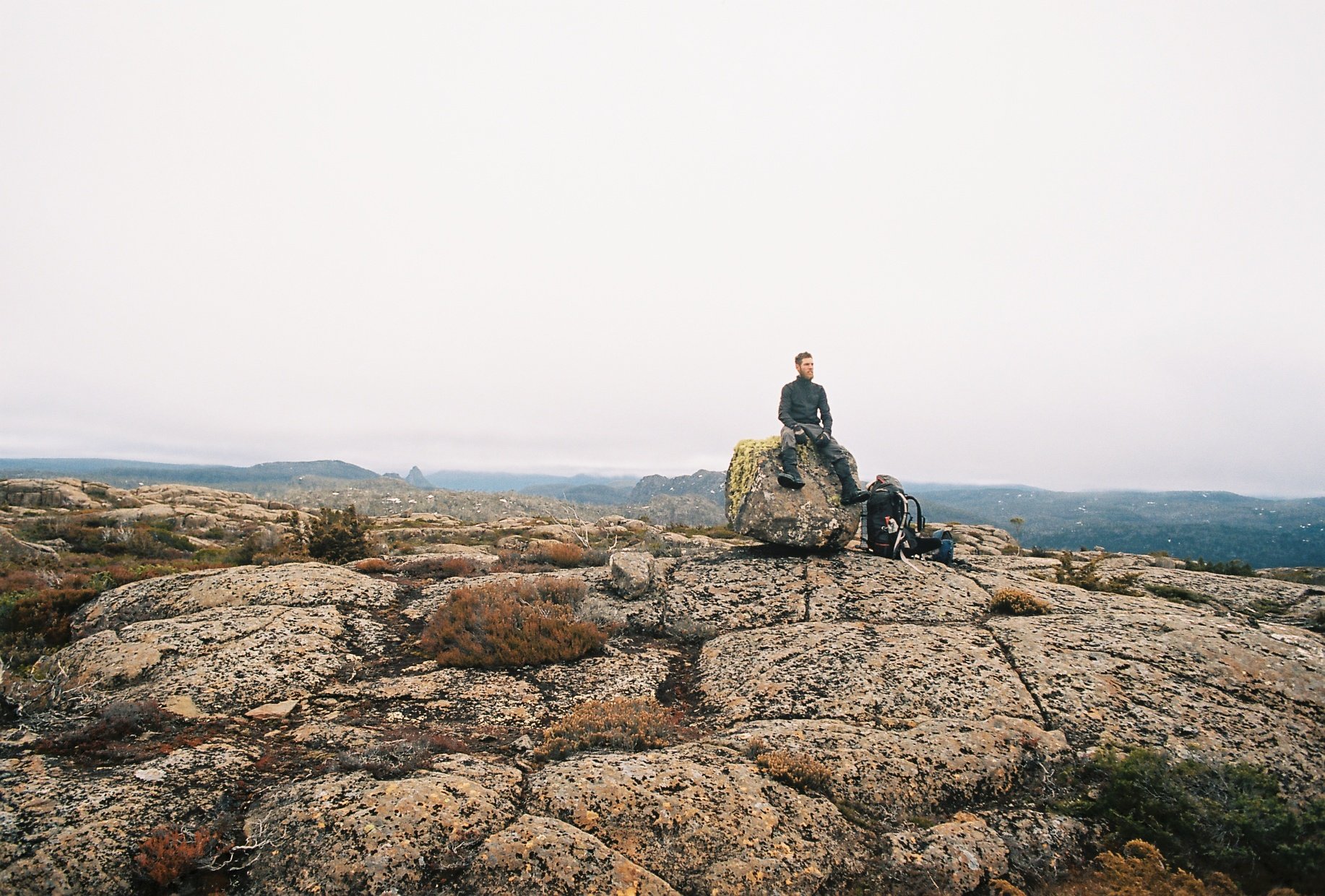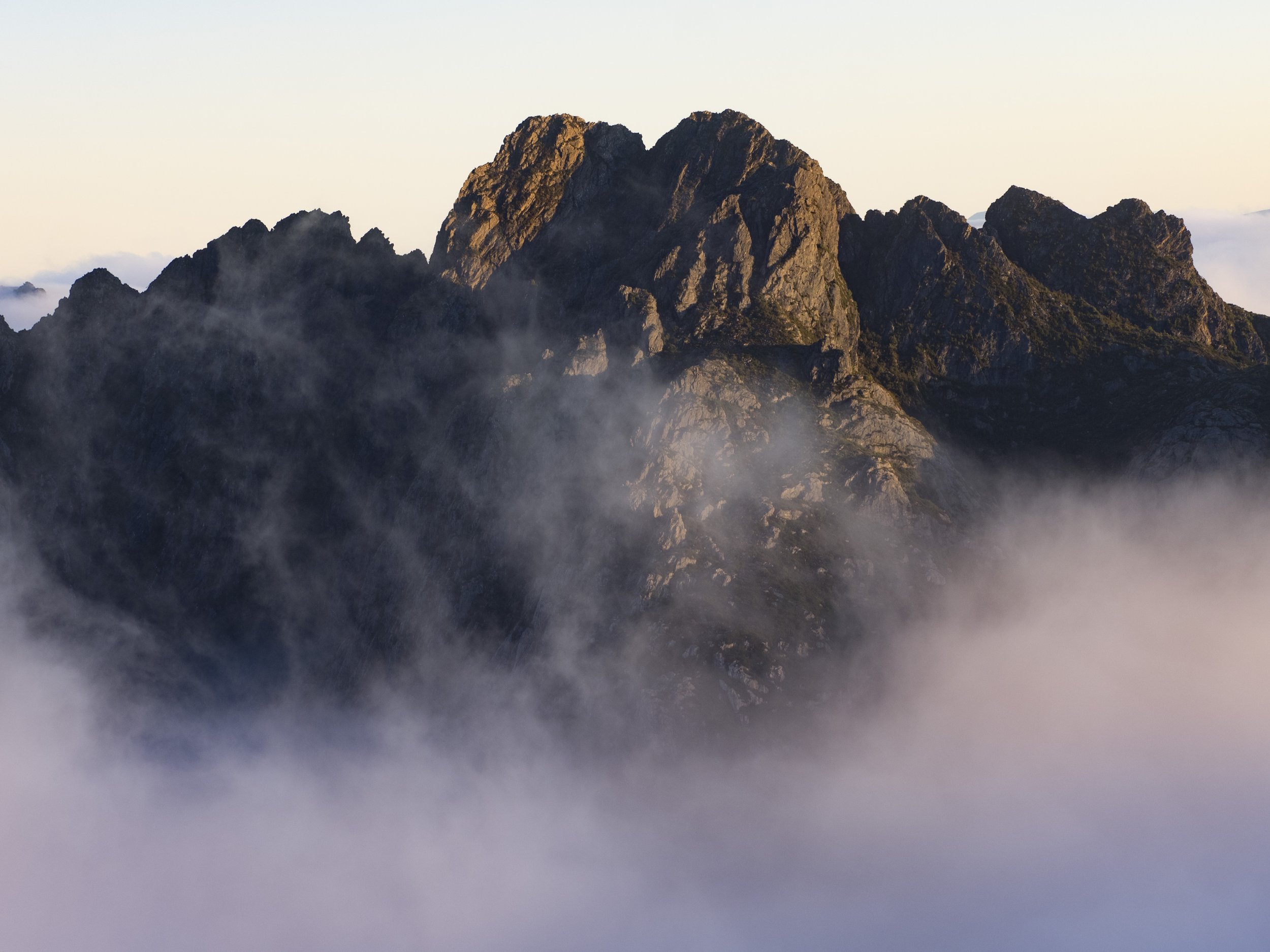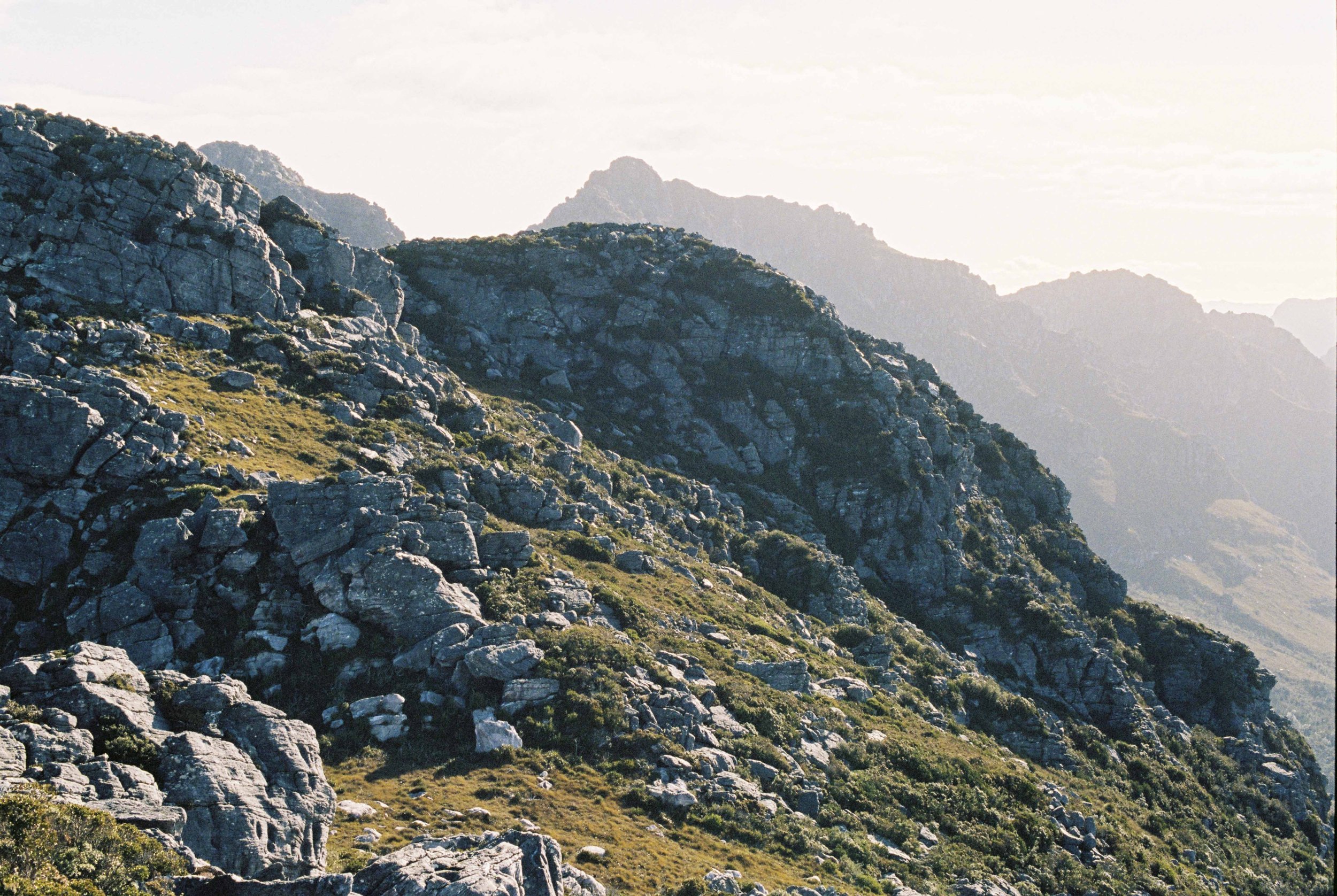I was recently told that I’m a hypocrite. That my actions don't match my words. This statement stung a bit, then I remembered that not many hypocrites realise they are acting as such, until it’s pointed out to them.
Self reflection can be difficult. 2019, Pentax MX.
The problem was, this statement came from a person whom I care about and whose opinion and values I respect. If it came from someone I didn’t really know, I could simply ignore it. Even as it is, the easiest thing would be to deny the claim and keep on living as I have. But for some reason I feel that I need to take the difficult way, the way of truth.
I talk about the importance of patience, but my actions reflect a lack of patience. I say I admire the beauty in simply letting things unfold naturally, yet I can’t help but wish to impose my will on certain situations, in order to achieve a desired outcome. I make a show about upholding certain ideals, but the reality is that my actions fall short of them a lot of the time.
Dark and light. 2019, Pentax MX.
Humanity’s behaviour is riddled with double standards. We are walking paradoxes on two legs. We often contradict ourselves, and never even realise it.
I don’t wish to defend myself against the claims that I am a hypocrite; that would be an attempt at discrediting the original claim. I must accept this person’s view as their version of reality, and live with the fact that in their eyes, I am indeed a hypocrite. A walking contradiction. Perhaps not all the time, but at least some of the time. Despite the difficulty of hearing this claim, I can’t help but continue to view the person who called me a hypocrite as a friend.
A friend isn’t simply someone we spend our spare time with or have fun with; a friend is someone who holds us accountable, a friend is someone who challenges us, someone who points out to us when we are in the wrong. And a friend is someone who listens, no matter how difficult the things are that are being said.
When the way forward is difficult. 2019, Pentax MX.
Mountains are friends. Mountains have a way of teaching us about ourselves in ways we least expect. We strike out on trips with what we think is strong determination. But when the storm blows in, and our tent rattles in the night, we get scared and wish we were somewhere else. We might think ourselves fit, until we start to climb a mountain, and we realise how heavy our bones really are. We have these grand visions of conquering and success, but when our toes are numb with cold, and we have eaten all of our snacks, and we are lost in the scrub, we realise how small we are, how pathetic, how weak, how completely irrelevant. It feels terrible to face our own shortcomings, our mortality.
Fuzzy bones. 2019, Pentax MX.
As a culture, we deny the most obvious, we deny death, we deny our love for the world that we are destroying and we deny our humanity when we oppress, when we subjugate others to our will. We deny the truth when we trick ourselves into thinking our actions are less harmful than they actually are. We refuse to accept a version of the world where we are capable of evil, of harm, of hurt, and actions that destroy rather than create. Latent in us, there lies a mixture of powers, and we don’t really know how or when they might arise, until circumstance drags it out of us.
Toward discovery. 2019, Pentax MX.
It is difficult to face the truth. But I wish to face it nevertheless. Or at least, so I like to believe. The reality of the matter lies in the evolution of this great unfolding that began with a big bang so many years ago…












































